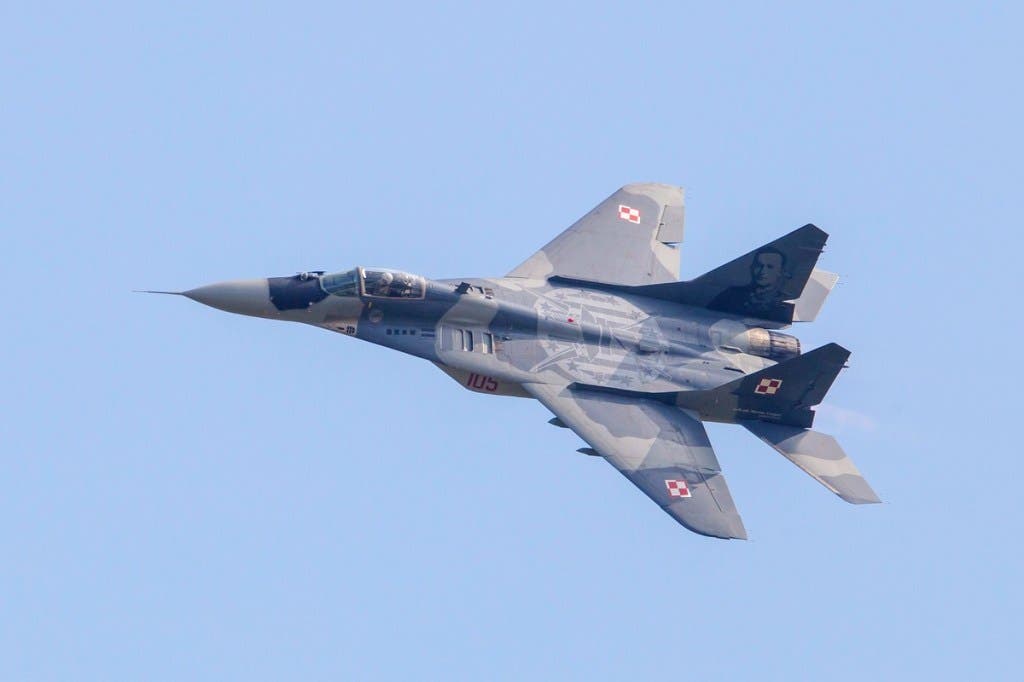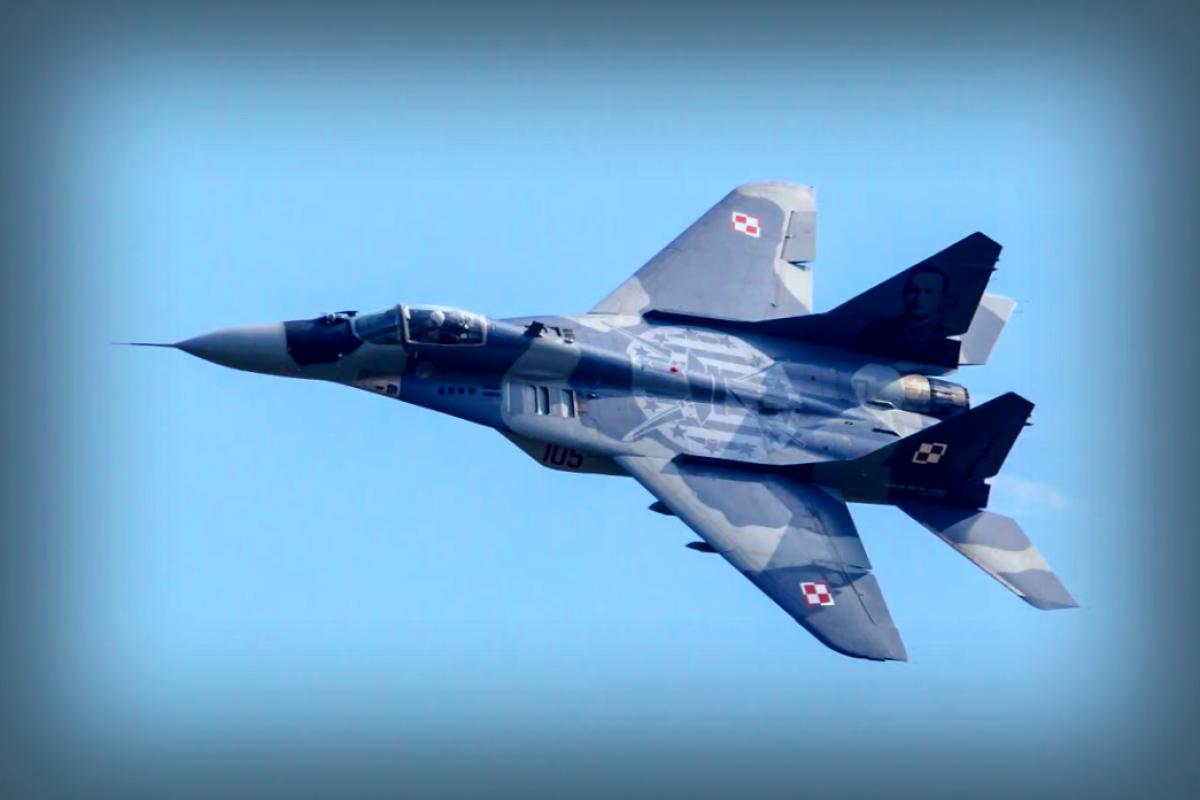On Tuesday, two Polish fighter jets took to the skies to intercept a Russian IL-20 spy plane that was flying without an active transponder over the Baltic Sea. The Polish military released a statement the following day, indicating that the aircraft had not submitted a flight plan for its so-called “reconnaissance mission” within international airspace.
Why This Incident Is Significant
The Baltic Sea, often called a “NATO lake” due to its neighboring alliance members, is seeing increased military activity and tension. Russia maintains a considerable military presence in its Kaliningrad exclave, located between Poland and Lithuania, stirring concerns among NATO countries.
According to NATO, Russian aircraft frequently operate near NATO airspace without transponders, failing to file any flight plans or communicate with air traffic control. This raises alarms as NATO nations routinely deploy aircraft to monitor these regions and have bolstered naval assets in the area.
What You Should Be Aware Of
Fortunately, the Russian aircraft did not breach Poland’s airspace. The MiG-29 jets from Poland escorted the plane out of the region safely. Newsweek reached out to the Russian Defense Ministry for comments.
Last month, Germany reported that its Eurofighter jets had also tracked a Russian IL-20M flying without a flight plan in international airspace. This aircraft, like the one intercepted by Poland, did not establish radio contact and was escorted away by Swedish military aircraft.
Interestingly, British fighter jets intercepted a similar IL-20 over the Baltic back in April, and in June, Poland noted another incident where a Russian IL-20 entered its airspace. At that time, Polish military officials labeled it as another provocative test of NATO’s defense systems.
The IL-20, known as Coot-A by NATO, is primarily designed to collect various intelligence signals, such as radar and communications, particularly aimed at gathering data on missile defense systems. According to strategic analyst Frederik Mertens from TNO, these systems are crucial for military intelligence efforts. “The Russians do it. The Chinese do it. NATO does it too; it’s just basic military professionalism,” he added.

A month ago, approximately 20 Russian drones also crossed into Poland, prompting responses from various NATO countries equipped with jets and other military assets. In a separate instance in September, Estonia reported that three Russian fighter jets—a type capable of carrying nuclear missiles—violated its airspace for 12 minutes.
These actions led both countries to invoke NATO’s Article 4 provisions, calling for discussions whenever the integrity or security of a member nation is at risk. Russia denied any intention of targeting Poland; however, several European officials interpreted the incidents as attempts to test NATO solidarity. Moscow also refuted claims that their MiG-31s crossed into Estonian airspace while heading to Kaliningrad.
In response to the drone incursions into Poland, multiple NATO nations dispatched additional fighter jets and resources to bolster their eastern defenses under an initiative called Eastern Sentry.
Reactions to the Incident
The Polish military stated, “Thanks to our pilots’ high combat readiness, professionalism, and the effectiveness of our air defense system, this operation was quick, effective, and safe.”
NATO’s Allied Air Command emphasized earlier this year, “Detecting, intercepting, and tracking potential threats is vital for ensuring security and stability in the Baltic region.”
[Updated on 10/29/2025 at 5:10 a.m. ET: This article was updated with additional information.]
[Updated on 10/29/2025 at 7:40 a.m. ET: This article was updated with additional information.]



















